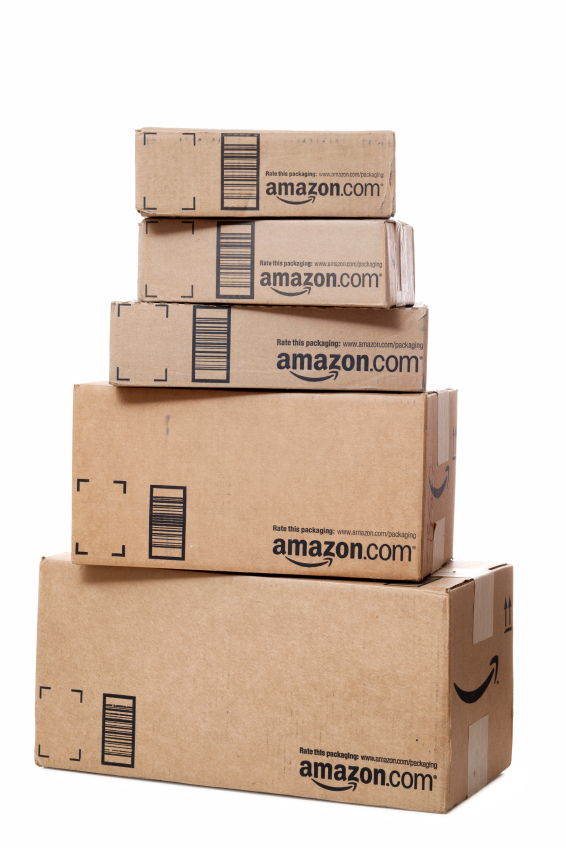You may have invested a great deal of time developing your product, determining what makes it distinctive, evaluating the competition, doing market research, studying the pricing of your competition and many other variables, but have you really thought about your pricing? Of course, MOST® companies would respond that indeed they have given careful consideration to what they charge. But have they thought about pricing since establishing an initial price point or perhaps after making a price change to reflect a new competitor?
Many businesses fail to view their pricing as a dynamic variable that can be changed based on new information and market conditions. There are many different types of pricing strategies to consider including anchor pricing, one-price pricing, and segmented pricing. Let’s take a closer look at dynamic pricing and how it is gaining increasing influence in the world of retail.
What is Dynamic Pricing?
In a dynamic pricing strategy, businesses make prices flexible based on market demands at any given time; this practice is very common in the hospitality industry, airlines and retail. Think about how widely accepted it is for airlines to constantly change their prices based on everything from the time of day to the day of the month. Airlines even go so far as to charge a different price depending on the type of person they are servicing.
Recently, dynamic pricing has also become very important to retailers. Of course, it has been commonly practiced in other industries for years, but now retailers are beginning to take notice of dynamic pricing in a major way. The reason is in part that dynamic pricing can greatly improve a company’s bottom line.
Amazon is Driving the Way
Online retailers such as Amazon have MOST® definitely incorporated dynamic pricing into everything that that they do. For example, Amazon often changes its prices on items every 10 minutes! While some retailers may have felt that there was a stigma attached to changing their prices, the fact that Amazon does it so readily has made it far more socially acceptable in recent years.
Retail juggernaut Wal-Mart also takes advantage of dynamic pricing. According to a study by Kantar Retail, buying items through Amazon instead of Wal-Mart is a full 17% more expensive. Quite interestingly, Kantar Retail also points out that the typical basket at Wal-Mart Supercenter is 5% more expensive than at Walmart.com.
How Can You Price for Maximum Profit?
In a very informative infographic from Wiser , 85% of buyers say that price is the single largest influencer in their purchasing decision. With statistics like these, it is no shock that retailers are being to use dynamic pricing more and more often.
Prices along with supply and demand MOST® definitely impacts what companies charge for various products. Dynamic pricing includes both price increases and decreases. When demand is lower, it only makes sense to decrease prices and vice versa. Making these shifts according to the changing market trends seems to be a feasible way to maximize profits.
Dynamic pricing takes into account a range of metrics to change pricing, which are both internal and external. Part of the beauty of dynamic pricing is that it helps you get more out of all of the information that is flowing into your business, allowing you to make significant price changes based upon current and developing market conditions.
When value is added to a purchase, it is also acceptable to charge more. For example, if you are offering free returns or fast delivery, customers naturally seem to be ok with increasing their budget for a purchase.
Tools such as Tel Aviv based Feedvisor are seen as highly useful for helping businesses take advantage of changing prices. Feedvisor is different than its competitors, which focus on changing prices to stay below the competition. Through Feedvisor, a wider variety of factors, including whether or not a seller has free shipping, are factored in. Some sellers have experienced considerable success on Amazon by using this tool.
So what’s in it for Feedvisor? Feedvisor takes 1% of product transactions that result from Feedvisor re-pricing.
The bottom line is that dynamic pricing is an elegant approach to the “age old” issue of what to charge. If you’ve been looking for a new way to approach pricing, one that can yield impressive results, then you will find dynamic pricing to be not just new, but potentially useful as well.
Sources:
https://smallbusiness.chron.com/dynamic-pricing-strategy-5117.html
https://www.kantarretail.com/pressroom/103014_Walmart_pricing.html
https://www.wiser.com/infographic-upandaway?utm_source=CA&utm_medium=gp&utm_campaign=dynamicpricing










